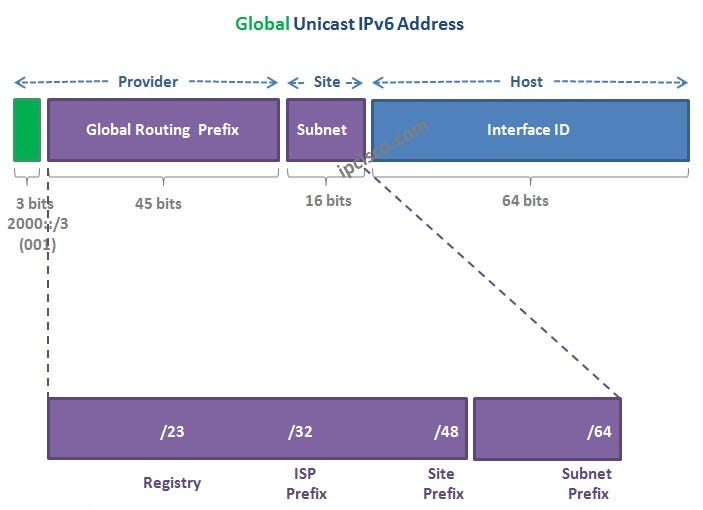
Larger Loopback Prefix RequirementsĪ new larger loopback prefix should attempt to satisfy all of the following requirements: The key words "MUST", "MUST NOT", "REQUIRED", "SHALL", "SHALL NOT", "SHOULD", "SHOULD NOT", "RECOMMENDED", "MAY", and "OPTIONAL" in this document are to be interpreted as described in RFC 2119. This prefix will also suit other uses of multiple loopback addresses that may emerge. This memo proposes a new larger IPv6 loopback prefix that provides more loopback addresses, has properties of native IPv6 addresses, and is easy to remember and type. A ULA prefix would not be well known, and would not be convenient to remember and type without violating the randomness requirements of the Global ID component of a ULA prefix.

Without additonal configuration, traffic towards addresses not assigned to the local host would not be prevented from leaving the host, and access may not be limited to the local host. However this prefix would need to be manually generated and configured at least once by a system administrator or operator.
IPV6 LOOPBACK ADDRESS 64 BIT
For example, they cannot accomodate 64 bit Interface Identifiers.Ī Unique Local IPv6 Unicast Address (ULA) prefix could be used to increase the number of addresses available on the local host. However these addresses do not have native IPv6 address properties. The IPv4-Mapped IPv6 Address form of 127/8, ::ffff:127.0.0.0/104, could be used to provide more host local loopback addresses. Multiple application instances using the the same port, bound to different loopback addresses, is not possible. Under IPv6, the ::1/128 loopback prefix only provides a single address. Under IPv4, the 127/8 loopback prefix provides many addresses that can be used to run multiple instances of an application on the same port, while also limiting access to the local host. This port reuse limitation can be overcome by having each application instance bind to different individual addresses available on the host. This will prevent multiple instances of the application running on the same port.

Networked applications that use fixed and usually well known transport layer protocol ports will typically accept incoming traffic on that port for any address assigned to the host. It may also be useful or important for network access to these application instances to be limited to the development host itself. Change Log ĭuring the development and testing of a network application, it can be useful to run multiple instances of the application on the same development host. Packets Received Externally With Larger Loopback Source and/or Destination Addresses Packets Originated with Larger Loopback Source and/or Destination Addresses
IPV6 LOOPBACK ADDRESS CODE
Code Components extracted from this document must include Simplified BSD License text as described in Section 4.e of the Trust Legal Provisions and are provided without warranty as described in the Simplified BSD License. Please review these documents carefully, as they describe your rights and restrictions with respect to this document. This document is subject to BCP 78 and the IETF Trust's Legal Provisions Relating to IETF Documents (http:/ / / license- info) in effect on the date of publication of this document. Copyright NoticeĬopyright (c) 2013 IETF Trust and the persons identified as the document authors. This Internet-Draft will expire on July 18, 2013. It is inappropriate to use Internet-Drafts as reference material or to cite them other than as "work in progress." Internet-Drafts are draft documents valid for a maximum of six months and may be updated, replaced, or obsoleted by other documents at any time. Note that other groups may also distribute working documents as Internet-Drafts. Internet-Drafts are working documents of the Internet Engineering Task Force (IETF).
IPV6 LOOPBACK ADDRESS FULL
This Internet-Draft is submitted in full conformance with the provisions of BCP 78 and BCP 79. This memo proposes a new larger loopback prefix that will provide many loopback IPv6 addresses. It is not possible under IPv6, as the loopback prefix of ::1/128 only provides a single loopback address. Under IPv4, this has been possible by using different loopback addresses within 127/8.

A Larger Loopback Prefix for IPv6 Internet Engineering Task Forceĭraft-smith-v6ops-larger-ipv6-loopback-prefix-02 Abstractĭuring the development and testing of a network application, it can be useful to run multiple instances of the application using the same transport layer protocol port on the same development host, while also having network access to the application instances limited to the local host.


 0 kommentar(er)
0 kommentar(er)
